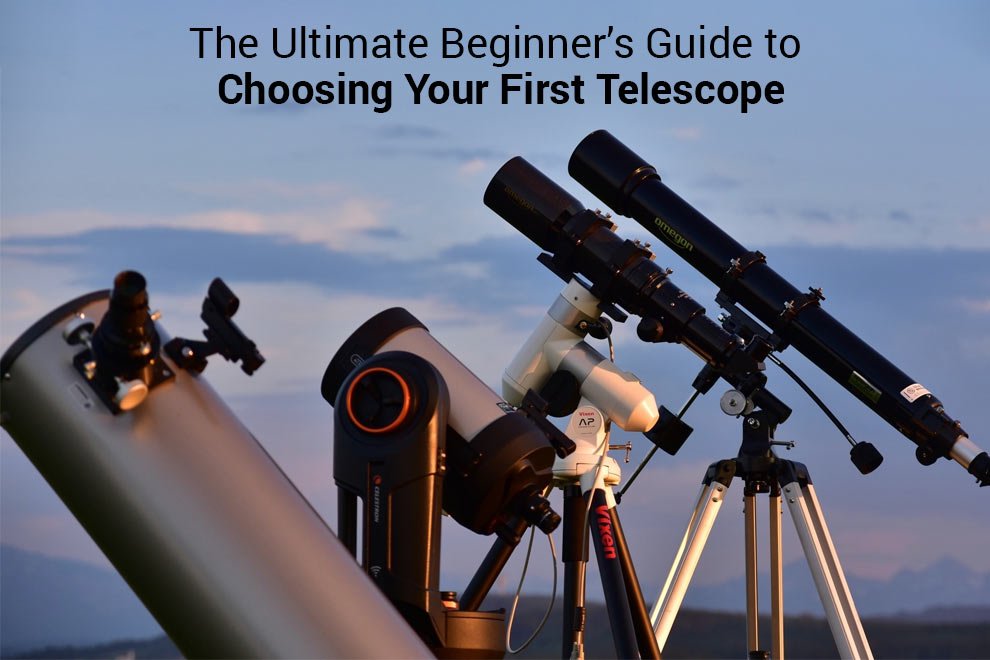Choosing your first telescope is an exciting journey into the world of astronomy, but it can also be a bit overwhelming. With so many types, features, and brands available, knowing where to start is essential. This guide will help you navigate the basics and make an informed decision.
1. Understanding Telescope Types
Refractor Telescopes
Refractor telescopes are among the most popular choices for beginners. They use lenses to gather and focus light, offering crisp and clear images of the moon, planets, and other bright celestial objects. Refractors are known for their durability and ease of use, making them an excellent choice for those new to stargazing.
Reflector Telescopes
Reflector telescopes, on the other hand, use mirrors to collect light. These telescopes generally offer larger apertures at a more affordable price compared to refractors. This makes them ideal for observing faint objects such as distant galaxies and nebulae. However, reflectors require more maintenance, including regular alignment of the mirrors (a process known as collimation).
Compound Telescopes
Compound or catadioptric telescopes combine elements of both refractors and reflectors. They are versatile and provide excellent all-around performance, making them suitable for a wide range of observations. These telescopes are often more compact and portable, though they tend to be more expensive.
2. Key Features to Consider
Aperture Size
The aperture is one of the most critical features of a telescope. It refers to the diameter of the telescope’s main lens or mirror and determines how much light the telescope can collect. A larger aperture allows for brighter, clearer, and more detailed images, which is especially important when viewing faint objects in the night sky.
Magnification and Focal Length
While magnification is often highlighted in marketing, it’s actually less important than aperture size. However, it is still a factor to consider. The focal length of the telescope determines the magnification, which can be adjusted by changing eyepieces. A longer focal length provides higher magnification but may narrow the field of view.
Portability
For beginners, portability is a key consideration. If you plan to take your telescope to different locations, such as dark-sky sites, you’ll want a model that is easy to transport. Consider the weight, size, and ease of assembly when choosing your telescope.
3. Where to Buy a Telescope
When it comes to purchasing your first telescope, it’s crucial to know where to buy a telescope from trusted sources. Reputable online retailers, specialty astronomy stores, and local science shops offer a wide selection of telescopes. These stores often provide expert advice and customer support, which can be invaluable for beginners.
4. Setting a Budget
Finally, it’s important to set a realistic budget. While it might be tempting to go for the most expensive model, many affordable telescopes offer excellent quality for beginners. Look for a telescope that offers a good balance between performance and price, ensuring that you get the best value for your money.
By considering these factors, you’ll be well on your way to selecting the perfect telescope for your stargazing adventures. With the right equipment, the wonders of the night sky are just a glance away.
Also Read: Gigantic Lunar Telescope Could Possibly Divulge the Very First Stars










